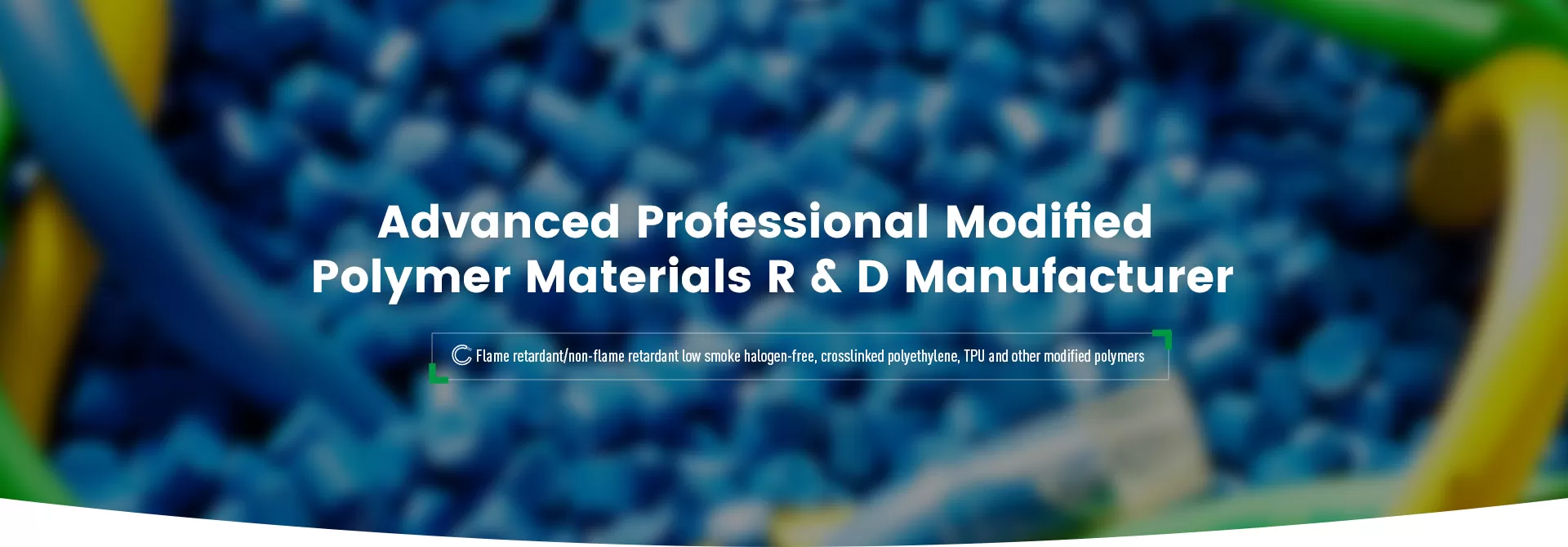
Against the backdrop of the rapid development of photovoltaic power stations and the accelerated replacement of traditional energy by clean energy, the technical requirements for cable materials are becoming increasingly stringent. As an insulation and sheath material widely used in the wire and cable industry in recent years, Silane XLPE Compound (silane cross-linked polyethylene material) has gradually become one of the mainstream choices in photovoltaic cables (especially DC side, grounding wires and component connection wires).
This article will systematically explain the application advantages of Silane XLPE Compound in photovoltaic cables from four aspects: material performance, cable life, manufacturing process and environmental adaptability.
Photovoltaic cables are usually exposed to high temperature, strong ultraviolet rays, wind and sand, and alternating rain and snow for a long time, which puts forward higher requirements on the thermal stability, aging tolerance and weather resistance of the materials.
Angreen Photovoltaic Cable XLPE/XLPO Material Meet The EN50618 Standard.
Silane XLPE Compound forms a three-dimensional network structure during the cross-linking process, giving the material the following advantages:
Excellent thermal extension performance: The temperature resistance level can stably reach 90℃ for normal operation, and can withstand up to 120℃ for a short time;
Long thermal oxidation aging life: Under the IEC60811 standard test, it shows a higher thermal aging life than traditional PVC and uncross-linked PE materials;
Not easy to crack or decompose: In the face of high temperature and ultraviolet radiation, the material structure is more stable.
This makes Silane XLPE Compound a reliable choice for photovoltaic cables in outdoor environments, especially for distributed photovoltaic roofs and large ground power stations.
The photovoltaic system, especially in the DC circuit, has extremely high requirements for the insulation resistance, volume resistivity and breakdown strength of the cable. Any local breakdown may cause system efficiency reduction or even safety accidents.
Silane XLPE Compound has the following electrical advantages:
High volume resistivity: usually up to 10^15Ω·cm, much higher than ordinary PE;
Low dielectric loss: effectively reduce the energy loss of cables during long-distance transmission;
High breakdown voltage: ensure that the cable can operate for a long time without problems under high voltage.
Its stable electrical insulation performance also enables the cable to maintain safe operation for a long time in a complex electrical environment where the photovoltaic system is frequently started and stopped and the temperature difference between day and night alternates.
Compared with thermal radiation cross-linked XLPE (such as PE-g-Si), Silane XLPE Compound has lower cost and higher efficiency in the processing process.
Cross-linking does not rely on irradiation equipment: only wet heat curing conditions are required, suitable for continuous extrusion lines;
High controllability: the cross-linking speed can be adjusted by catalysts and storage conditions to adapt to different production rhythms;
Good extrusion performance: It has excellent melt fluidity, which is conducive to the molding of high-quality sheaths or insulation layers.
Therefore, it provides cable manufacturers with a cost-effective production solution, which is particularly suitable for small and medium-sized photovoltaic cable manufacturers to improve product performance without increasing heavy asset investment.
As a material that complies with ROHS and REACH standards, Silane XLPE Compound has the following advantages in environmental protection:
Halogen-free: no toxic gas is released when burning, and it meets the low-smoke halogen-free (LSZH) cable standard;
Low VOC emissions: low volatile organic compound emissions during production and use;
Controlled cross-linking: avoid material waste and facilitate recycling.
This makes the material highly consistent with the "green, low-carbon, and sustainable" development direction of the photovoltaic industry, and is an important part of the future green cable system.
Silane XLPE Compound has become one of the core materials in modern photovoltaic cable systems due to its excellent electrical properties, environmental tolerance, process friendliness and environmental protection characteristics. For photovoltaic power station construction units, cable manufacturers and project integrators that pursue high reliability and high efficiency, the use of silane XLPE compound will greatly improve product performance and project safety.
If you need to know more about the technical parameters of our silane XLPE products or sample support, please contact us for detailed information.